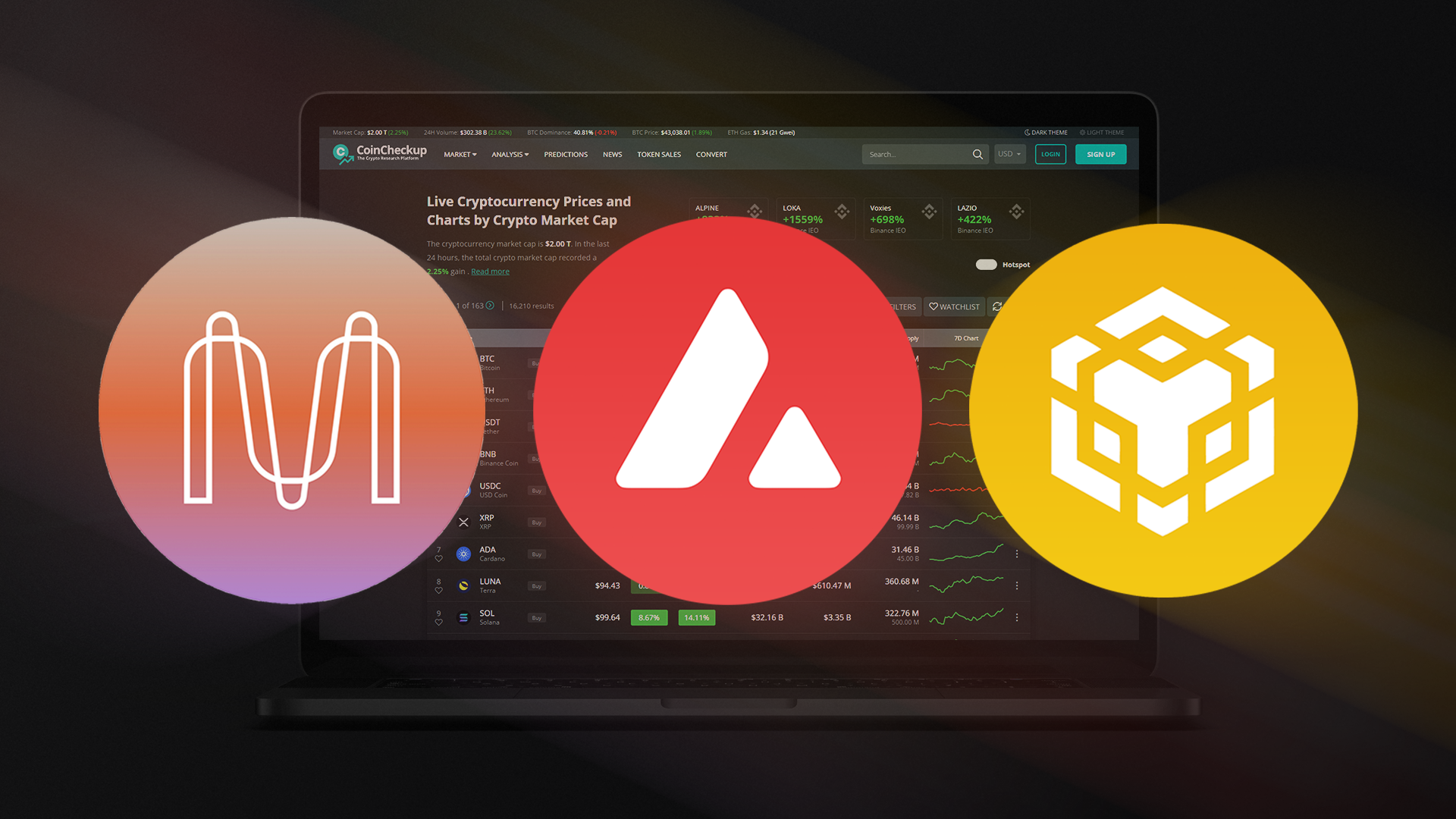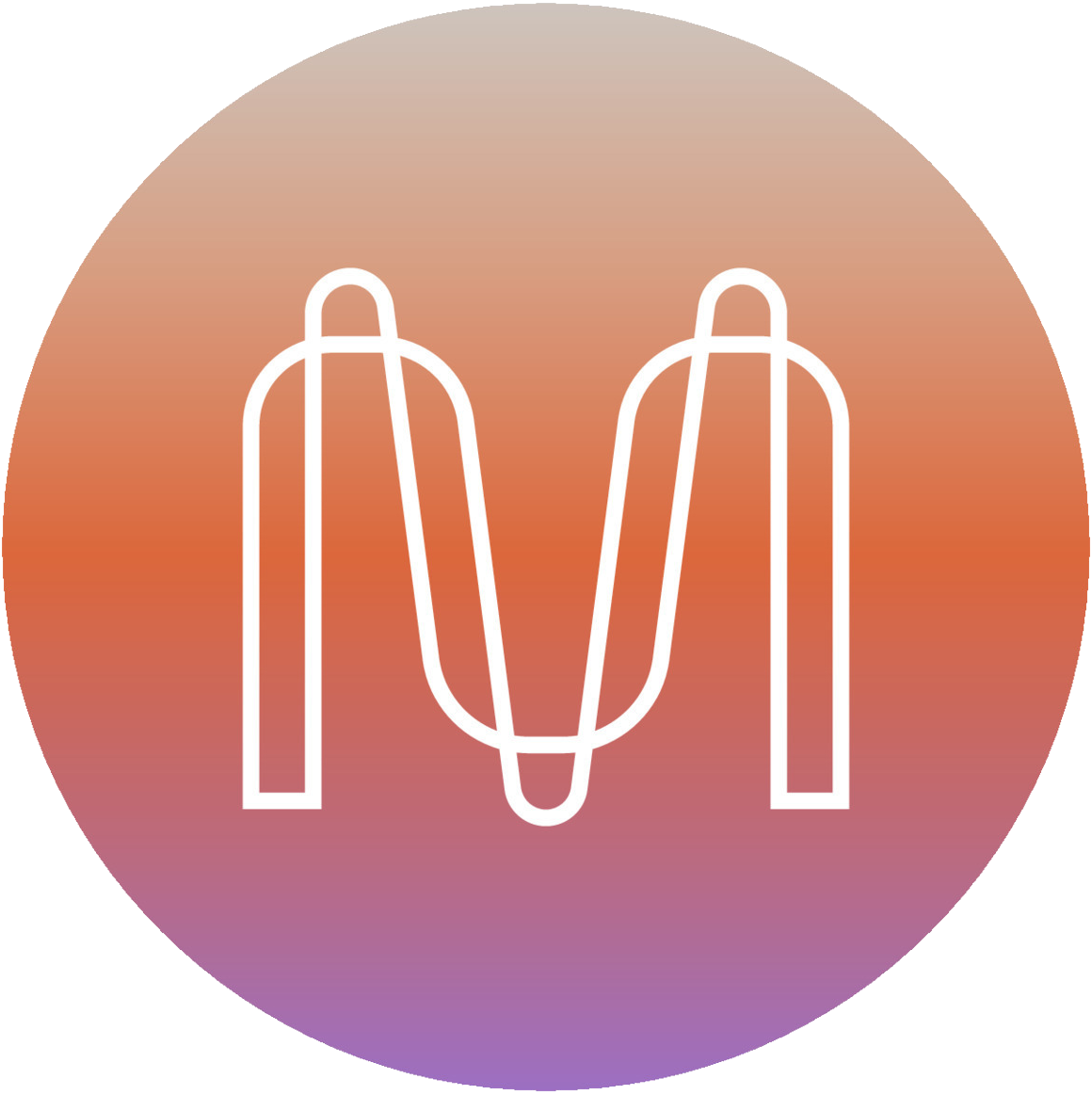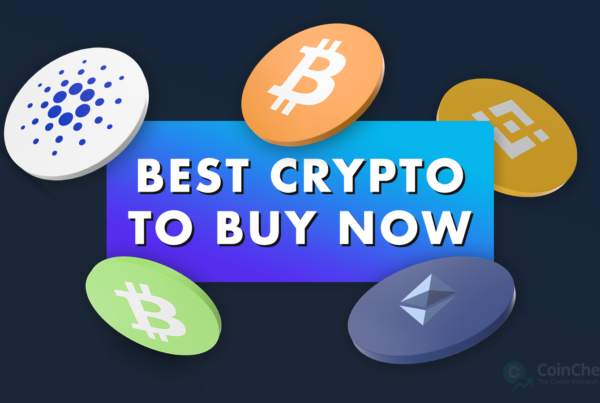
With no major events or market moves taking place last week, the cryptocurrency sector’s total market capitalization has remained rather stagnant, suffering only a minor decrease from $839 billion to $825 billion. It is very likely that we will see the same slightly bearish trend continue until the end of the year as we do not expect major market movements in the forthcoming holiday week. However, if you are looking for some profit in the last week of this year or just want to enter 2023 with a healthy and balanced portfolio, make sure to read this year’s last Top 3 Coins to Watch article!

3. Mina Protocol (MINA)
Mina Protocol is a simple blockchain, designed to minimize the system requirements needed to run a full node or interact with the blockchain. The Mina network is merely 22 KB in size, which is why it has been repeatedly dubbed the “lightest blockchain in the world”.
In addition, the blockchain size is designed to always stay at 22 KB and not gradually grow as adoption of Mina protocol increases. Despite its minuscule size, Mina maintains a balance between security and decentralization. To achieve that, Mina utilizes Zero-Knowledge Proofs technology (ZK Proofs). Mina started out as Coda Protocol in 2017 but was rebranded into Mina Protocol in October 2020.
Mina Protocol reveals an ambitious Roadmap update featuring several big improvements in line for deployment in Q1 2023
Mina Protocol has recently revealed an updated version of the project roadmap, which shows that the team is gearing up to deploy some important upgrades in the first half of 2023. The Mina governance community is going to vote on the proposal that suggest removing supercharged rewards in line with the initial tokenomics plan in the beginning of January. A vote regarding the reduction of the wallet creation fee will soon follow. In addition, the Mina protocol plans to finalize deploying zkBridge (a solution that will make zkApps accessible from Ethereum, and other EVM compatible chains) as well as launch zkOracles and deploy latest version of the On-Chain Voting system in the beginning of 2023. Nevertheless, out placement of Mina on #3 bases on more than just future developments. The project saw several ecosystem developments in the past couple of weeks including the integration of Mina with Ledger and its hardware wallets Nano X and Nano S, which allows MINA holders to securely store their tokens on Ledger devices.
Furthermore, the integration also allows MINA from cold storage devices to be staked while holders maintain full control of the wallet private keys, making MINA a perfect crypto for holders who also want to put their assets to work. Not to mention that MINA boasts with APYs above 10% for staking MINA as a validator or delegating MINA to existing validator nodes

2. Avalanche (AVAX)
Avalanche is a highly scalable open-source smart-contract enabled blockchain ecosystem. It relies on its own Proof-of-Stake consensus protocols called the Avalanche consensus protocol and the Snowman consensus protocol, which guarantee blockchain immutability while consuming minimal amount of energy at the same time. In addition, Avalanche ecosystem is also highly interoperable – for example Avalanche applications are compatible with Ethereum’s Solidity smart contract programming language and Ethereum-based tokens can be transferred to Avalanche blockchains via Avalanche Bridge. As such it is most often used for various DeFi applications and enterprise blockchain deployments. Every blockchain within Avalanche is part of a subnet, but validators can choose which subnets they want to participate in. Nevertheless, validators are required to be active on the Primary Network, which consists of three blockchains: the Platform chain or P-Chain, the Contract chain or C-Chain and the Exchange chain or X-Chain.
Avalanche rolled out the Banff 5 upgrade
On December 22, Avalanche rolled out the Banff 5 upgrade, which introduced Avalanche Warp Messaging (AWM), a feature that enables a fast and reliable communication between all Avalanche Subnets. According to the official Medium post, the first native Subnet-to-Subnet message has been sent soon after the upgrade deployment, on December 22 at 6:42:29 AM UTC (1:42:29 AM ET). The subnet blockchains that exchanged the message were called “let there” and “be messaging”.
Due to this novel seamless native communications solution, assets or data can be transferred across different subnets. AWM utilizes a cryptographic tool called “BLS multi signatures” to verify messages and data on other subnets, which eliminates the need for the chains to constantly communicate and push data between each other. In addition, individual subnet projects will no longer have to deploy and manage their own bridges to communicate with other subnets. What is more, the feature could be extended to other chains in the future to support cross-chain communication and even cross-chain staking of tokens. The launch of AWM itself, as well as the potential future use cases of this feature, could cause AVAX to appreciate.

1. BNB (BNB)
Binance Coin (BNB) started out as an ERC-20 token sold through an initial coin offering (ICO) back in 2017. In April 2019, the Binance rolled-out its native Binance Chain and all the existing Binance Coin ERC-20 tokens were replaced with BNB, which became the native cryptocurrency of the new blockchain. As of today, Binance Chain is still almost completely centralized, with Binance having complete control of block management. Binance gives users who utilize BNB to pay for trading, withdrawal, and listing fees hefty discounts. While this used to be pretty much the only use case of BNB, the coin has a far greater utility now as it allows users to pay for gas fees, earn cashback on Binance Visa card purchases, stake BNB and participate in liquidity pools and other DeFi activities. BNB is also used to determine eligibility to participate in Initial Exchange Offerings (IEOs). Furthermore, the Binance ecosystem is continuously expanding, which means that new products and services are regularly added and many of them give BNB some new utility.
BNB Chain became the largest Layer 1 blockchain network in terms of unique addresses
The on-chain data shows that the BNB Chain experienced amazing growth in 2022. The network has witnessed a record-breaking number of transactions, surging as high as 9.8 million transactions in May 2022. In addition, Binance recently announced that the number of unique addresses on BNB Chain crossed 230 million, surpassing the number of addresses on Ethereum. If we judge by this metric, BNB is now the largest Layer 1 blockchain in the world.
BNB Chain has met numerous other developmental milestones in 2022. Alvin Kan, director of Growth & Ops at BNB Chain highlighted the launch of BNB Sidechain, zkBNB, Binance Oracle, and security initiatives such as AvengerDAO, among the most important features deployed 2022. A full list of BNB Chain’s milestones of 2022 can be found in this official blog post. Just last week, BNB has integrated with Wyre’s API stack, which gives developers access to Wyre’s entire API stack on BNB Chain as well as the ability to directly list BUSD and BNB. In addition, the BNB team has partnered with Fjord and Balancer to launch Liquidity Bootstrapping Pools (LBPs) on BNB Chain mainnet. If the development of BNB Chain, its features and integrations will continue at such high pace, BNB Chain and BNB have a bright future.



